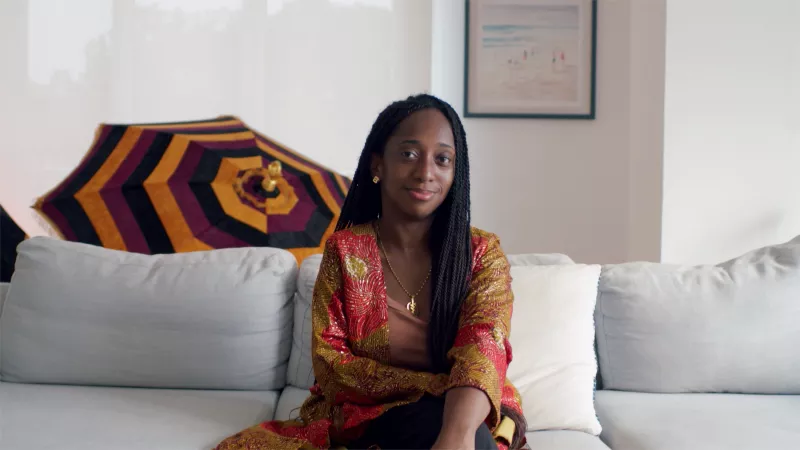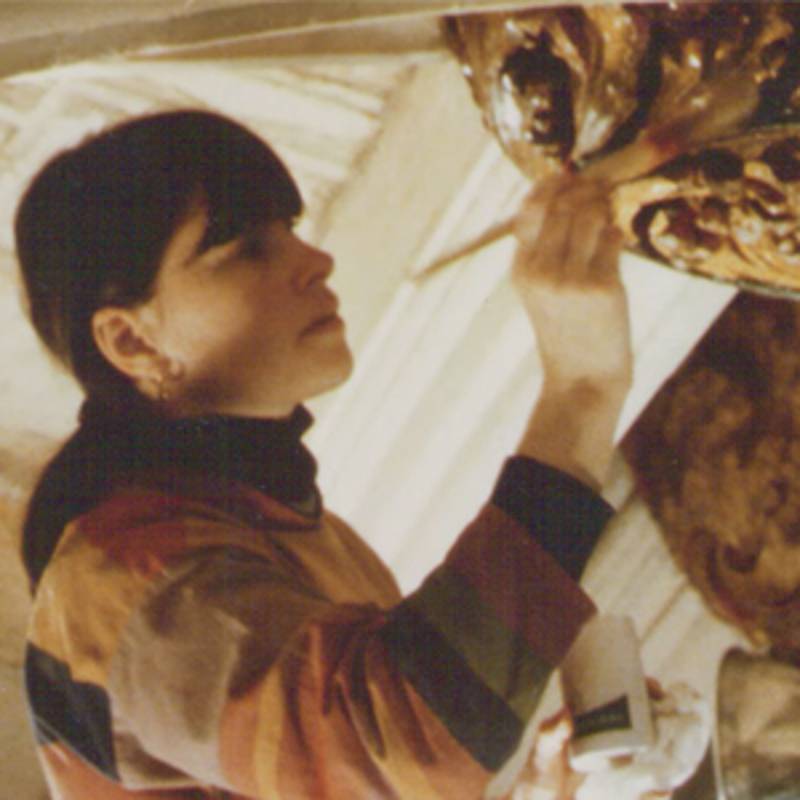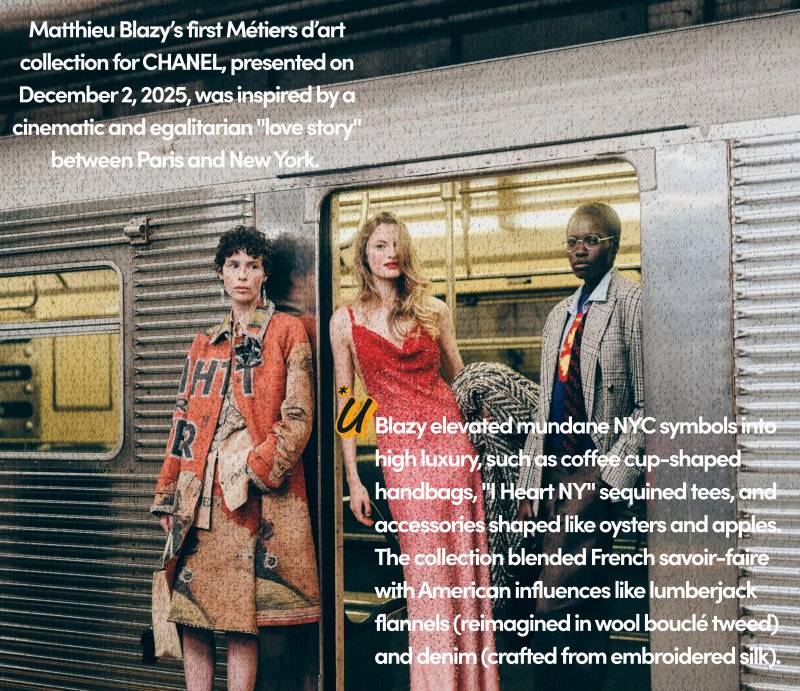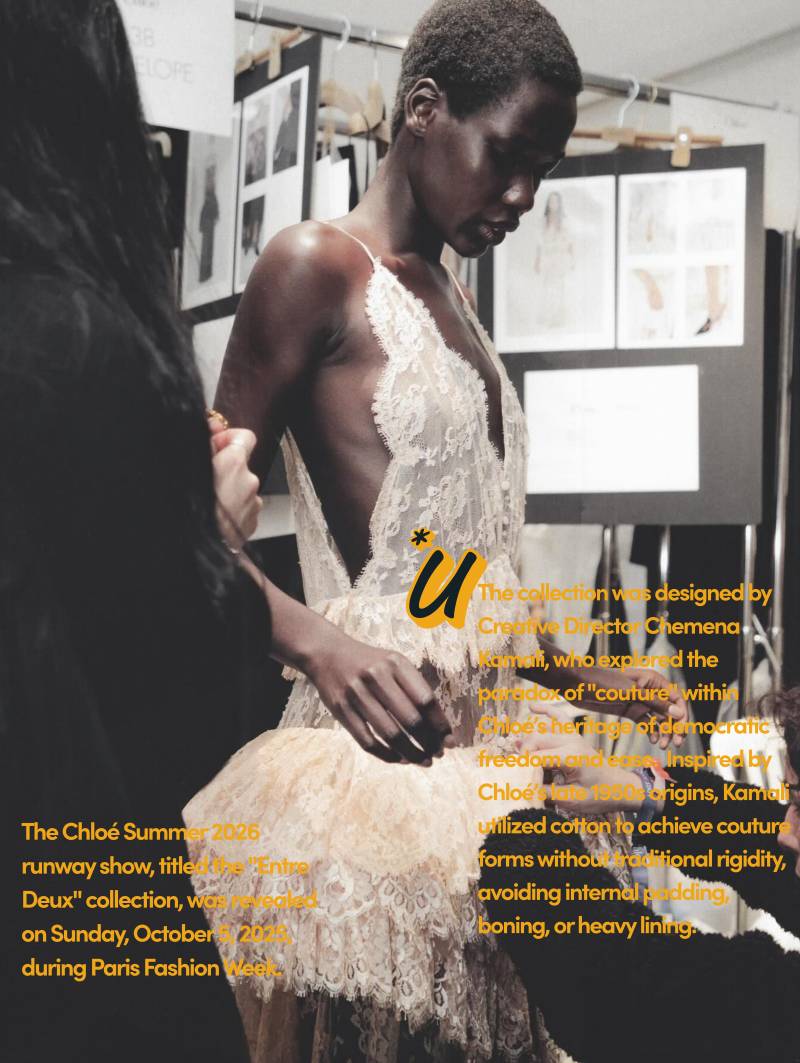Modern history has most often been written through the Western gaze and, with that power, comes the ability to control and shape narratives.
For Africans specifically, this gaze has distorted perceptions of the continent’s diverse historical experiences and failed to properly reflect Africans’ true stories. A new generation of Africans, however, are taking ownership of their countries’ histories and, in effect, helping reclaim their narratives.
Rita Mawuena Benissan, a Ghanaian-American interdisciplinary artist, has been at the forefront of this drive. In 2020, Benissan founded Si Hene, an award-winning non-profit foundation collecting and preserving archives telling stories about Ghana’s chieftaincy and traditional culture, creating awareness around its royal history, and making it accessible globally via digital media.
The nonprofit’s name means “Enstoolment” in Ghana’s Akan language, referring to the process of raising a chief to power in many African ethnic groups.
Benissan’s work has been exhibited at the 2022 La Biennale De Dakar, 2021 Afrochella Festival, and EFIE: Museum as Home, a group museum exhibition at Dortmund U in Germany in 2021.
ARTnews spoke to Benissan about Si Hene and fundraising to build a museum to celebrate Ghanaian identity.
How important is it to you that Ghana’s chieftaincy and traditional culture are recorded and preserved?
It is very important. Chieftaincy is truly the backbone and root of our Ghanaian culture. It is more common now to see different aspects of our history being acknowledged by the Western world at university and museum exhibitions, collections, and databases, but it seems like only 5% is located and owned in our country. The majority of Si Hene [collections] are photos and videos I found outside which Ghana doesn’t own.
Many of our traditional stories are presented orally but if the stories are not recorded because the person that is more knowledgeable passes on, the story also passes or changes narrations.
How does your identity as a Ghanaian documenting Ghana’s royal history help you to present authentic and not distorted information compared to when Westerners do it?
It definitely helps [with] presenting the information more authentically because the true perspective is revealed. We are able to state the true positions that royals held, and the true translations of how cities, dances, instruments, and other objects were named and pronounced.
Many of the stories that [come] from the Western perspective are sometimes misleading or they might not be as detailed as someone who’s from that region or someone who has studied this from Ghana. I’ve seen a lot of our cities being renamed because [their history is told from] a Western perspective.
You are currently fundraising to build a physical museum and research institute to house visual archives telling Ghana’s chieftaincy and traditional culture? What informed the decision after two years of digital documentation?
My ultimate goal is to have a Si Hene museum in each region to show the traditions and specific chiefs that ruled in that region. Growing up in the United States, my family and school used to take me to museums to learn about different cultures and historical moments which made me truly appreciate the importance [of that] in my life.
Having a digital archive is great but it is not accessible to anyone who is not using social platforms. Having a physical building and space will provide the opportunity for the community to engage with the photos, books, artifacts, and other sources of visuals in person. It also expands the means of engagement and discussions that circulate the importance of our history.

Two of Rita Mawuena Benissan’s Royal Umbrellas on display at the 2022 Dakar Biennale.COURTESY OF NLC GHANA
What was your experience exhibiting Royal Umbrellas at the 2022 Dakar Biennale?
The main theme for the series of umbrellas deals with the phrase “Mmae a Ɛda Nsow!” which translates to a Remarkable Presence. Each of the umbrellas conveys a presence that deals with its physical presence and a historical presence.
It was a great experience. It was my first biennale and also my first time traveling to another African country. Participating in a biennale is truly a dream come true at an early start in my art career.
Gameli Hamelo
Art News




